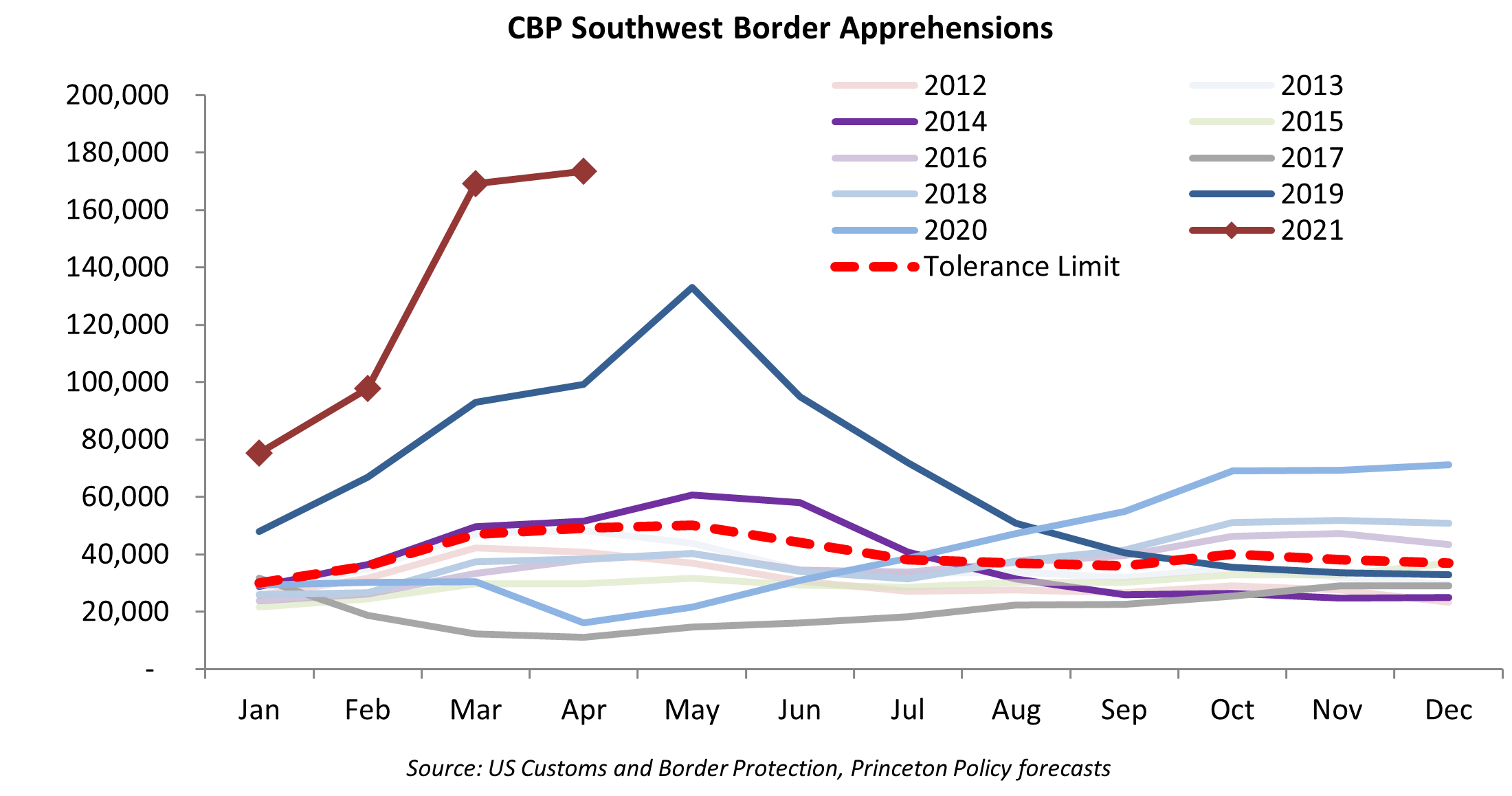The press yesterday continued to pound the Vice President regarding her performance in Latin America.
From The Hill:
Biden allies and even some people close to Harris said they viewed her trip to Guatemala and Mexico as a “disaster,” as one put it. They said they were left wondering why she seemed so ill-prepared to handle basic questions like “Why you haven’t been to the border?”
“It wasn’t great,” said one longtime Biden ally. “A little cringeworthy too. I don’t know how they weren’t preparing for these questions.” Another ally was blunt: “It was terrible. I don’t know how else to say it.”
Slate asks Is Biden Setting Harris Up to Fail?
John Cornyn, Republican senator from Texas, said to me that he feels like Biden handed her a grenade, pulled the pin, and walked away. Politically, no one wants to touch immigration. It’s bad news to try to say that you’re going to fix the problem because it is such a complicated and seemingly intractable problem. That’s unfortunate.
This theme of intractability recurs in the article in The Hill:
Since the border is not a problem that can be "solved," one measure of Harris’s political skills will be how she studies it, issues a report and shunts responsibility back onto the Department of Homeland Security and its Border Patrol with as few people noticing as possible, said Cal Jillson, a professor of political science at Southern Methodist University.
Let's be absolutely clear. Illegal immigration is a man-made disaster, the direct and entirely predictable consequence of the Hart-Celler Act of 1965. Illegal immigration does not exist despite government policy, it exists because of it. To suggest it is intractable is risible and flat out wrong.
Ending illegal immigration is easy both in theory and in practice. Ad absurdum, we could simply give an H2 visa to whomever shows up at the border. In a more practical vein, the CATO Institute's David Bier recently suggested this approach:
[Many] factors affect migrants’ decisions, including perceptions of U.S. policy. But policymakers should not ignore the strong relationship between migration and jobs. One partial solution to control this migration already has a precedent. Congress should duplicate the success that guest worker programs have had at controlling illegal migration from Mexico. These visas are mainly for workers performing seasonal farm and nonfarm jobs under the H-2A and H-2B visa programs. With the option to enter and work legally more widely available, fewer Mexicans are choosing to cross illegally.
The 'intractable' part is making an offer to Republicans sufficient to induce them to increase the visa count. Because visas are issued vastly below their market value, migrant labor is a cost center for the government, and lawmakers have little incentive to authorize more visas. Why should lawmakers and US citizens authorize more visas when the windfall profits from these go to employers, migrants or recruiters, with the government left to pick up the tab? This then creates the current conundrum: an insufficient number of visas resulting in a black market in labor with all the associated manifestations: caravans, cartels, border jumping, fake asylum claims and the rest.
By contrast, if we allow the price of the work visa rise to its market value and size the visa offering to the quantity necessary to close the southwest border to illegal immigration, Republicans will have achieved their principal goal: ending illegal immigration across the southwest border. Further, if every incremental migrant represents net revenue to the government, Republicans should be amenable to expanding the program to the extent it is functioning acceptably otherwise.
None of this is rocket science. It is not new, strange or unimaginable. It is nothing more than a straight-off-the-shelf, legalize-and-tax policy.
But Kamala Harris does not know this. Like most of the rest of you, she sees illegal immigration as an 'intractable problem', a radioactive topic to be avoided to the greatest extent possible. And so a trip away from the border to Guatemala and Mexico, to chide leaders about their governance standards and lament the 'root causes' of immigration. But she wants no trip to the border, where sheriffs, mayors and border patrol agents -- and, yes, the press -- are going to ask why the Biden administration is allowing the hemorrhage of migrants over the border. Better to limit engagement to a quick trip to Latin America and then go back to your day job. That's why she was so unprepared. Why prepare for something you can't change?
This deep pessimism about illegal immigration is hurting us. It hurts the poor and vulnerable. It creates divisions in society. It means the Vice President has checked out on the topic and has damaged her reputation with the public.
And yet illegal immigration is not hard to solve. We need to liberalize the market, to let the visa price rise to its natural level, while understanding that we have to issue enough visas to keep the uncontrolled southwest border closed to illegal immigration.
And you -- you -- should sit back, take a breath, and consider that there may be another way to fix this problem. You need to be hopeful, optimistic and open-minded, because it is the conviction that the problem is intractable which is the greatest impediment to its resolution. That's the lesson of Kamala Harris's trip south of the border.






















